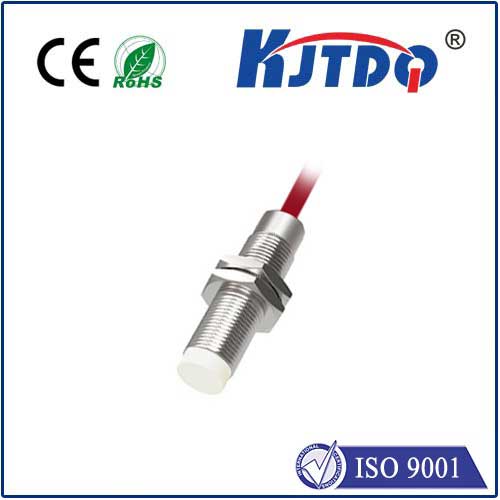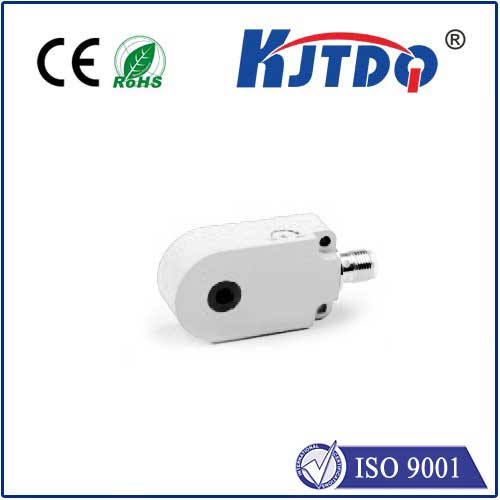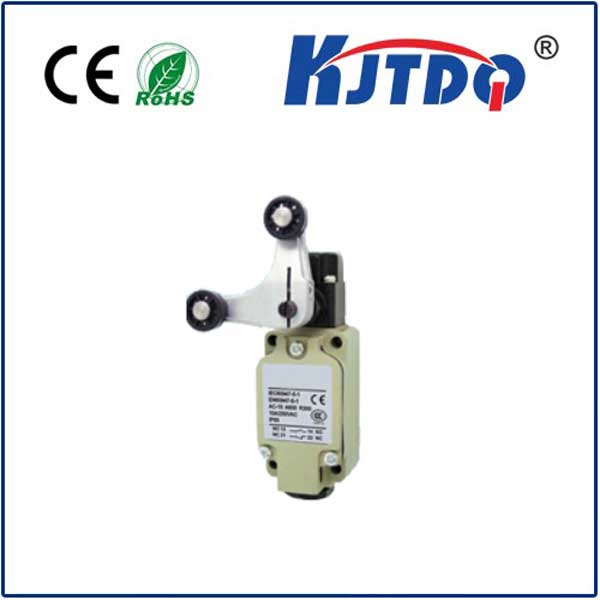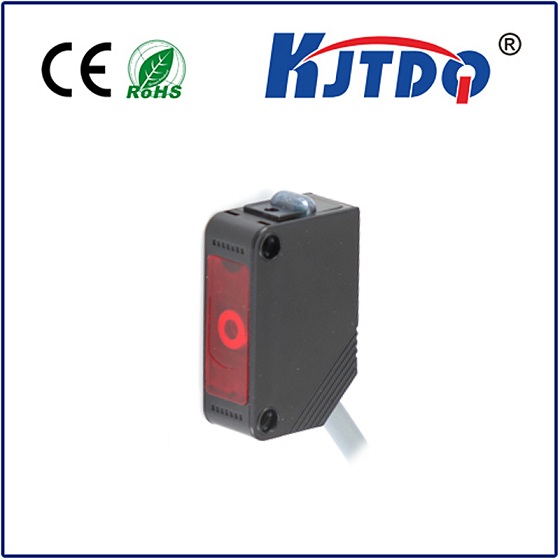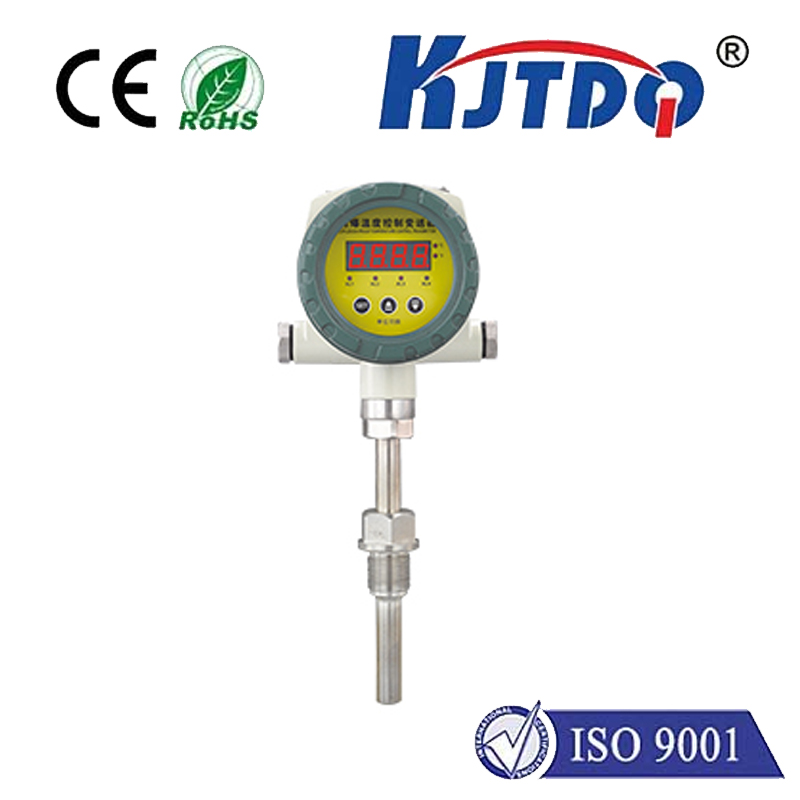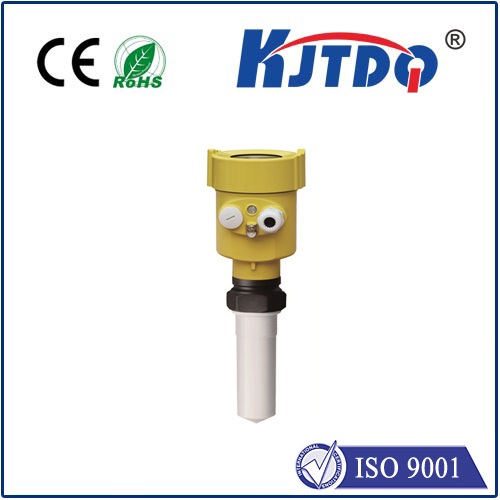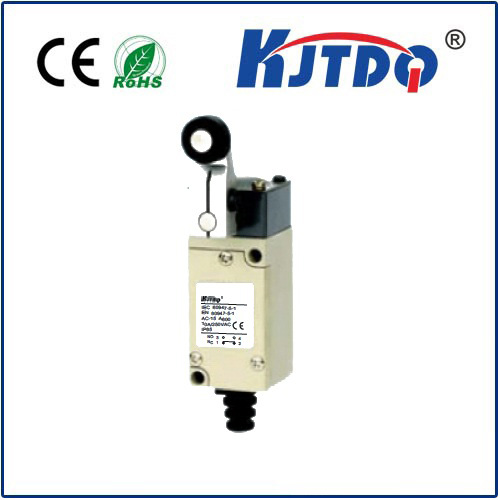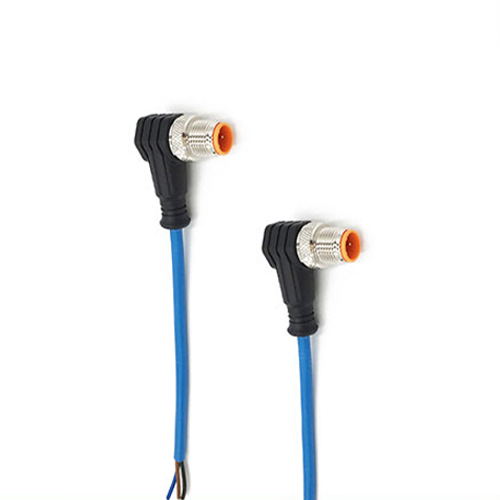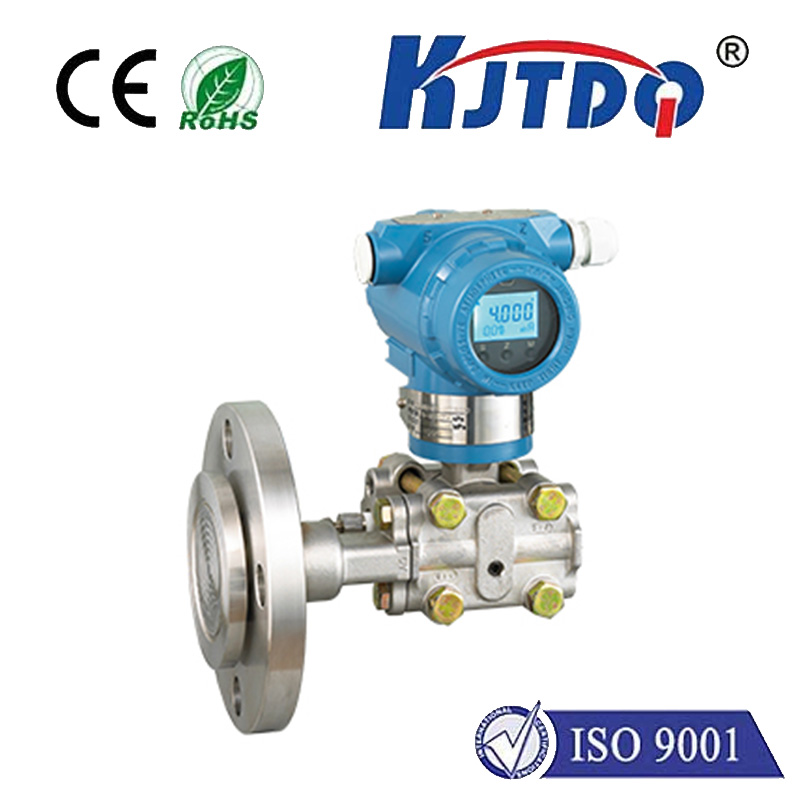laser distance sensor high precision
- time:2025-08-27 12:03:22
- Click:0
Unlocking Pinpoint Accuracy: The Science Behind High-Precision Laser Distance Sensors
Ever struggled to measure a vast factory floor accurately with a tape measure? Or needed micron-level precision for aligning sensitive machinery components? Traditional methods often fall short, introducing frustrating errors. Enter the realm of high-precision laser distance sensors – sophisticated instruments transforming how we measure the physical world with remarkable accuracy and reliability. These devices are far more than just “electronic tape measures”; they are the cornerstone of modern metrology, enabling feats of engineering and quality control previously unimaginable.
How High-Precision Laser Distance Sensors Work: Core Principles
At their heart, these sensors determine distance by measuring the time it takes for a focused laser beam to travel to a target and back (Time-of-Flight - ToF), or by analyzing the phase shift of a modulated laser beam. Achieving true high precision, however, involves intricate physics and advanced engineering beyond basic ToF:
- The Laser Source is Paramount: High-precision sensors often utilize specialized laser diodes emitting at specific, stable wavelengths (like visible red or highly visible green). Stability in wavelength and power output is critical. Low noise levels in the emitted light directly translate to more accurate signal detection upon return. For the most demanding applications (nanometer precision), stabilized laser sources, sometimes even frequency-stabilized lasers, become necessary.
- Sophisticated Detection & Signal Processing: Merely detecting the returning beam isn’t enough. The detector (typically a high-sensitivity photodiode or avalanche photodiode - APD) must be exceptionally sensitive to capture the often weak reflected signal. Crucially, the electronics and algorithms processing this signal are where high precision is forged. Advanced signal filtering, noise reduction techniques, and sophisticated timing circuits capable of resolving time differences in picoseconds are employed. For phase-shift methods, the precision in measuring minute phase shifts dictates the ultimate distance resolution.
- Optics Matter: High-quality lenses focus the laser beam into a tight, well-defined spot. This minimizes beam divergence over distance and ensures the sensor receives a strong, coherent return signal primarily from the intended measurement point, not surrounding areas. Precision optics reduce aberrations that could distort measurements.
- Compensation is Key: Environmental factors are the nemesis of precision. High-end sensors incorporate sophisticated compensation for temperature fluctuations (affecting laser wavelength and electronics speed) and often atmospheric pressure variations (which subtly affect the speed of light in air). Some sensors even compensate for target material properties or require accessories like retroreflectors to maximize signal return from difficult surfaces.
Defining “High Precision”: What Does it Actually Mean?

“High precision” is relative and application-dependent. In the context of laser distance sensors:
- Short-Range Precision (Sub-Millimeter to Sub-Micron): Sensors designed for close-range applications (millimeters to a few meters), often utilizing interferometry or highly optimized phase-shift methods, can achieve resolutions down to nanometers. These are vital in semiconductor manufacturing, precision alignment, and optical component testing.
- Mid-Range Precision (Sub-Millimeter to Millimeter): For distances ranging from a few meters up to tens or hundreds of meters, high precision often means resolutions consistently below 1 millimeter, potentially down to micrometers for shorter distances within this range. Advanced ToF or phase-shift sensors dominate here.
- Long-Range Precision (Centimeter Level): Measuring kilometers while maintaining centimeter-level precision (e.g., ±1 cm or better over hundreds of meters or kilometers) is considered high precision for surveying, UAV mapping, and large-scale construction. This demands powerful lasers and extremely sophisticated timing/processing.
Key Factors Influencing Laser Measurement Accuracy
Achieving and maintaining the advertised high precision requires understanding the factors that can influence it:
- Target Surface Properties: The color, texture, reflectivity, and angle of the target significantly impact the strength and quality of the return signal. Dark, rough, or highly absorptive surfaces scatter the laser light, weakening the return, potentially reducing accuracy or even causing measurement failure. High-precision sensors often have adjustable sensitivity or advanced algorithms to cope with varying reflectivity.
- Environmental Conditions: Extreme temperatures, pressure changes, heavy humidity, rain, fog, dust, and intense ambient light can all degrade performance. As mentioned, sensors with robust environmental compensation excel in maintaining accuracy under variable conditions.
- Vibration and Motion: High-frequency vibration or rapid target/sensor movement can introduce significant errors in timing-based measurements. Some sensors incorporate filtering or specific motion compensation techniques.
- Measurement Rate vs. Resolution: Often, there’s a trade-off. Achieving the highest possible resolution might require longer integration times or slower measurement rates. High-precision sensors often offer configurable modes to balance speed and accuracy based on the task.
Where High-Precision Laser Distance Sensors Shine (Applications)
The ability to measure distances quickly, non-contact, and with exceptional accuracy unlocks a vast array of critical applications:
- Industrial Automation & Robotics: Precise positioning of robot arms, automated guided vehicles (AGVs), part presence/absence verification, conveyor belt monitoring, and quality control checks (dimensions, gaps).
- Metrology & Quality Control: Coordinate measuring machines (CMMs), dimensional inspection of manufactured parts (ensuring tolerances are met), alignment of large machinery, flatness/parallelism checks. High-precision laser sensors are indispensable on the factory floor.
- Construction & Civil Engineering: Accurate layout over large distances, deformation monitoring of structures (bridges, dams), tunnel boring guidance, volume calculations (stockpiles), and verifying as-built dimensions against plans.
- Surveying & Geomatics: High-speed topographic mapping, monitoring landslides or glacial movement, establishing control points, and complementing GNSS/GPS systems. Long-range, high-accuracy laser distance meters are key tools here.
- Research & Development: Precise positioning in experimental setups, material deformation studies, wind tunnel testing, and countless laboratory measurements demanding non-contact accuracy.
- Aerospace & Defense: Aircraft component assembly, antenna alignment, radar calibration, and navigation system validation.
Choosing the Right High-Precision Sensor
Selecting the optimal high-precision laser distance sensor requires careful consideration:
- Required Accuracy & Resolution: Define the smallest detectable change needed for your application.
- Measurement Range: Minimum and maximum distances to the target.
- Target Properties: Surface color, texture, reflectivity, and whether it’s stationary or moving.
- Environmental Conditions: Temperature range, exposure to dust/moisture, ambient light levels.
- Output & Interface: Analog voltage/current, digital interfaces (RS232, USB, Ethernet), industrial protocols (IO-Link, PROFIBUS, EtherCAT).
- Size & Mounting: Physical constraints for sensor installation.
- Speed: Required measurement rate (Hz).
Understanding the underlying technology – the laser source quality, detection sensitivity, advanced signal processing, and robust environmental compensation – reveals why these devices deliver such dependable performance. From ensuring the flawless assembly of a smartphone camera module to monitoring the structural integrity of a skyscraper, high-precision laser distance sensors provide the critical foundation of accurate dimensional data that drives efficiency, quality, and innovation across countless industries. The pursuit of ever-greater accuracy continues, pushing the boundaries of what’s measurable.






